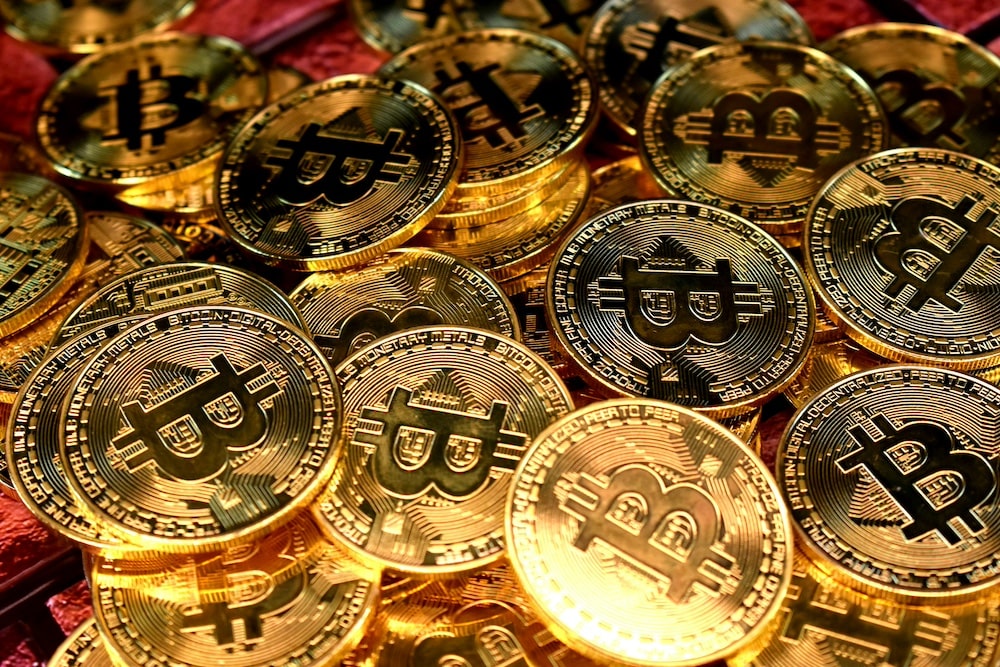The crypto market saw over $290 million liquidated, yet several memecoins still have many profitable holders.
On Wednesday, the crypto market experienced a surge in liquidations, reaching a weekly high with over $290 million liquidated. Despite this downturn, several memecoins stand out with many profitable holders.
Currently, 85.5% of MOG holders and 78.53% of PEPE holders are profitable, leading the memecoin space. Similarly, 78.41% of FLOKI holders and 73.9% of WOJAK holders are also profitable.
This chart illustrates the percentage of holders in profit across various memecoins👇
💚Despite a general market downturn, many memecoins still have a significant portion of their holders in profit.
💰 $MOG and Pepe $PEPE lead the space with the highest percentages of… pic.twitter.com/ElivXDXVeu
— IntoTheBlock (@intotheblock) July 4, 2024
Shiba Inu (SHIB) continues to demonstrate resilience, with 51.83% of its holders in profit, according to IntoTheBlock. The token has seen a notable increase in its burn rate, with over 410 trillion tokens removed from circulation. This strategic move aims to enhance both price stability and market capitalization.
Market Liquidations and Volatility Impact
The US spot Bitcoin exchange-traded fund (ETF) witnessed a net outflow of $20 million on Wednesday, marking a second consecutive day of outflows contributing to broader market declines. Bitcoin and other cryptocurrencies faced selling pressure due to developments involving Mt. Gox and the German government.
A recent report from CryptocurrenciesToWatch (CTW) has shown that over 108,293 traders were liquidated, totaling $295.82 million. This surge underscores the volatility and risks inherent in the cryptocurrency market, resulting in significant losses for many traders.
Bitcoin’s price declined from approximately $62,200 to $58,487, reflecting a 4.7% drop over 24 hours. Ethereum also saw a notable decrease, falling 5.5% from $3,384 to $3,198, while Solana experienced the steepest decline among the top 10 cryptocurrencies, dropping roughly 11% to $134. Despite this market correction, US ETF products have maintained a net asset under management (AUM) above $51 billion, a testament to investor confidence even amidst volatility.
In conclusion, amidst significant liquidations and price declines, PEPE and MOG have emerged as leaders in the memecoin sector, with a high percentage of profitable holders. Their resilience highlights the ongoing interest in these assets despite market uncertainties. As the crypto market evolves, their ability to maintain profitability underscores their strength, though caution remains essential in this volatile landscape.









